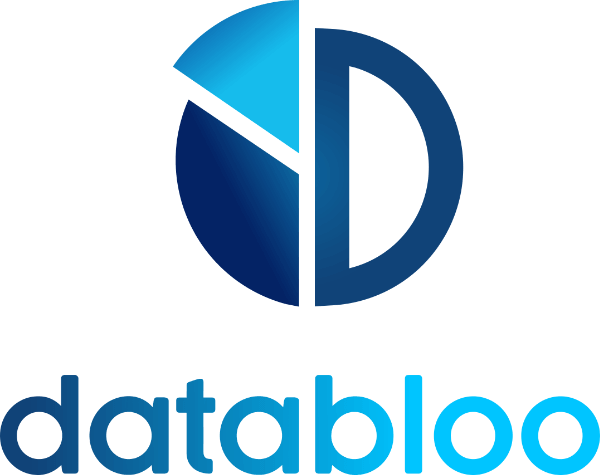Table of Contents
Overview
- Data Source: Google Analytics 4 (GA4)
- Type: Text/String (Width x Height in pixels)
- The Screen Resolution dimension in Google Analytics 4 captures the pixel width and height of the screen used by visitors to access your website or application, such as ‘1920×1080’ (Full HD), ‘1366×768’ (HD), or ‘1440×900’. This automatically populated dimension provides insights into the display characteristics of your audience’s devices.
Description
Understanding the range of screen resolutions among your audience is crucial for designing and optimizing websites and applications to look and function optimally across different devices. Screen resolution affects the visual layout, readability, and overall user experience of digital content. By analyzing this dimension, you can ensure that your site or app is responsive and adaptive, providing an excellent user experience regardless of the device used.
Use Cases
- Responsive Design: Ensure that your website or app is fully responsive, automatically adjusting layouts, images, and navigation elements to provide an optimal viewing experience across a wide range of screen resolutions.
- Visual Content Optimization: Tailor the size, resolution, and formatting of visual content, such as images and videos, to suit the most common screen resolutions, enhancing clarity and load times.
- User Interface Adaptation: Adapt user interface elements, such as buttons, fonts, and menus, to be easily navigable and readable on screens of varying resolutions, improving usability and accessibility.
- Testing and Quality Assurance: Prioritize testing and quality assurance efforts for the screen resolutions most commonly used by your audience, ensuring compatibility and a polished experience on these devices.
- Performance Optimization: Optimize performance and loading times for various screen resolutions, considering the potential impact of higher resolution displays on resource requirements and speed.
Indicators
- Popular Resolutions: Identifying the most commonly used screen resolutions can guide design and development priorities, ensuring that the majority of your audience enjoys an optimized viewing experience.
- Layout Issues: Differences in user engagement metrics across various screen resolutions may indicate layout or readability issues that need to be addressed to improve the user experience on specific devices.
- Emerging Trends: Tracking changes in the popularity of screen resolutions can help anticipate trends, such as the increasing use of high-resolution or ultra-wide monitors, allowing for proactive design and optimization efforts.

